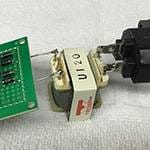For those who are just starting to play the flute, and those who already play the flute and are considering purchasing one. We will introduce how to choose an instrument that won’t let you down, as well as the models we recommend.
Flutes are available at all price levels ranging from tens of thousands to millions of yen.
As with all musical instruments, the price of the flute will be higher if the material itself is expensive, such as gold or platinum, or if it is a handmade model is meticulously finished by hand.
More likely the higher the price of a musical instrument, the better the timbre. But beginners sometimes find it difficult to maintain the instrument, and often the price will be out of reach.
Therefore, this time we will introduce 4 points that beginners should keep in mind when considering a flute, and we will also give you recommendations for models to consider!!!!!
1. Material
The material has a great influence on the price, ease of playing, and timbre of the instrument. A flute is composed of three parts: the head joint, the body joint, and the foot joint.
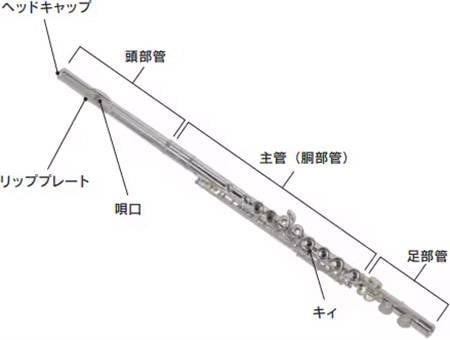
Silver is a common material for the head joint, the body joint, and the foot joint of a flute. And silver plays a big part in the soft characteristic tone of the flute.
However, it is a little difficult for beginners to play an instrument made entirely of silver at the start, because it requires control of breath power and embouchure (the size of the hole made by the lips) in order to play the instrument well.
Students in brass band or orchestra should consider starting with a flute with a silver head tube, and later switching to an all-silver flute will be less difficult. It takes some time and practice to make the head tube ring, but you can play with a good sound from the beginning.
The other parts of the flute will be silver-plated. A flute with a silver head tube costs about 130,000 to 150,000 yen.
If you want to keep the cost under 100,000 yen, we recommend a flute that uses silver only for the lip plate (the part where your lips touch). When you use it for jazz, and so on, a microphone will help with the volume, so blowing lightly using a silver lip plate may be enough.
Lip plate: The part of the head where the lips touch the tube.

2. Key layout
There are two types of key arrangements: inline and offset.
▶ In-line
The keys are lined up in a straight line.
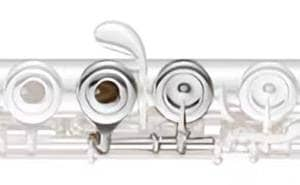
▶ Offset
The G key for the ring finger of the left hand is set off-center. Arranged according to the shape of the hand, the advantage is that it is easier to hold and press the key.
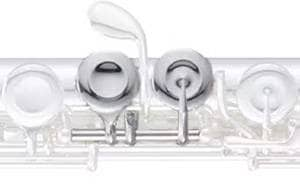
3. Key type
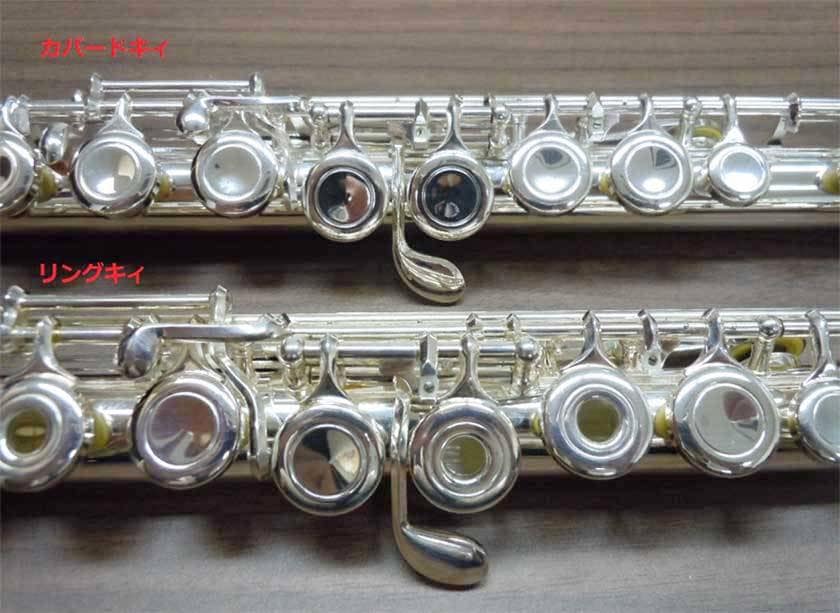
▶ Ring key
The holes looks small, but if you don't block it completely, you won't hear a sound because your breath will leak. For beginners, it may be more difficult to judge whether the key is not properly blocked or not. Especially women and children with small hands will need to get used to the ring key type.
Flute ring key offset list
Flute ring key inline list
▶ Covered key
Ideally, you place your finger in the middle of the key and press, but even if you press only a little, the hole will be blocked if it is on the key.
4. E mechanism
There are some wind instruments sounds that are difficult to produce due to the characteristics of the instrument. In the case of a flute, bass C# and treble E are typically difficult. The treble E is veeeery often used, but producing the sound requires skill.
[Recommended model]
From the explanation above, if you choose a flute with a head tube made of silver, offset keys, covered type, and an E mechanism, you will not be let down.
Japanese flute manufacturers are popular worldwide. There are various brands including Muramatsu, Yamaha, Sankyo, Miyazawa, Pearl, Altus, and so on. The reason they are popular is that the timbre, pitch accuracy and key accuracy are very high.
Even if you can't play well yet because you're just starting out with the flute, it’s safe to say you won’t go wrong if you choose a domestic flute.
Introducing models equipped with the four functions above by manufacturer.
YAMAHA YFL-312
Pearl PF-665E Dolce
In addition to these, you can also choose from the Altus A907, Sankyo Etude, Miyazawa Atelier-1, and Muramatsu EX.
[For those who want to start playing the flute casually]
Musical instruments made by domestic manufacturers are detailed and recommended for beginners. However, the price may be out of reach... For such people, PLAYTECH is recommended.
PLAYTECH / Flute beginner set
In addition to the instrument, convenient items for practice such as maintenance supplies and music stand necessary for practice are included in the set.
[Summary]
For your first flute selection, you should pay attention to the four points mentioned: tube material, key arrangement, key type, and E mechanism. If you belong to a school club or take lessons, it may be a good idea to consult with your instructor before purchasing an instrument.
Owning your own instrument will increase your motivation to practice and this will improve your skills even faster. Why don’t you get started on your new fun flute life by referring to the suggestions in this article?
(2021-01-27 published 2025-01-11 updated)





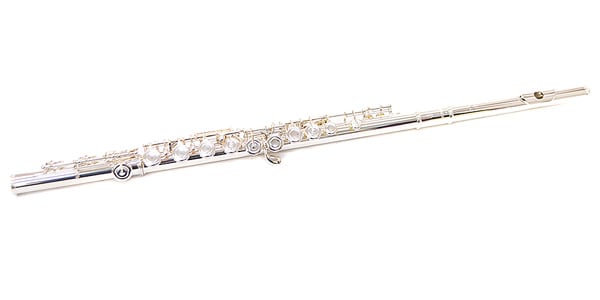

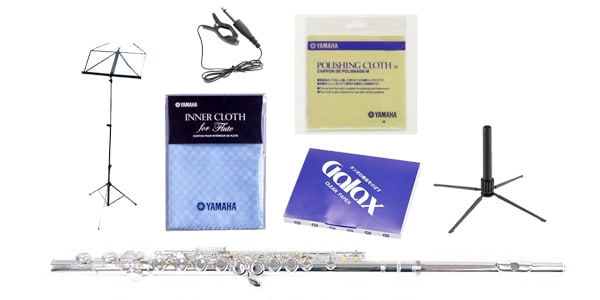

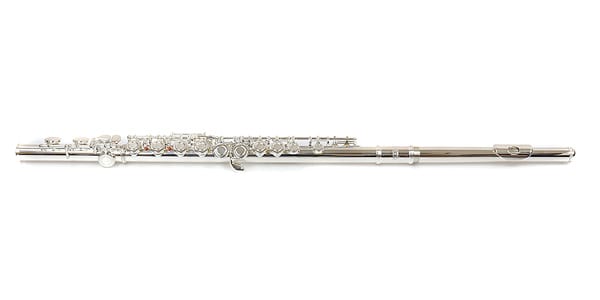
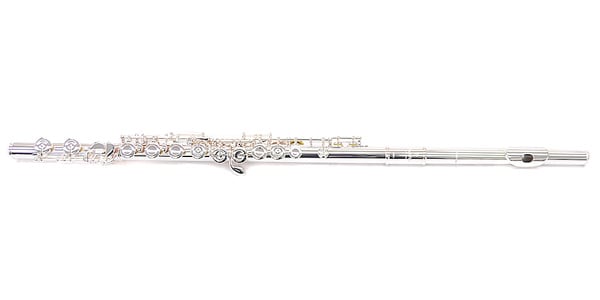
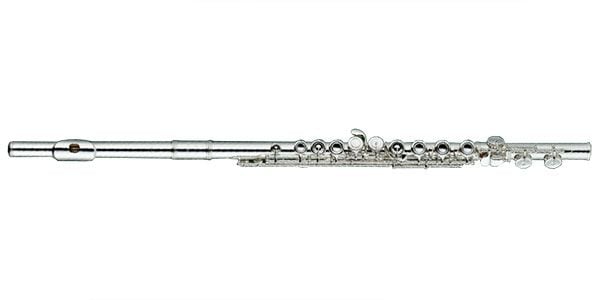

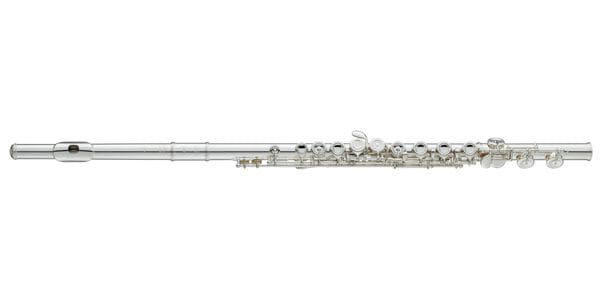
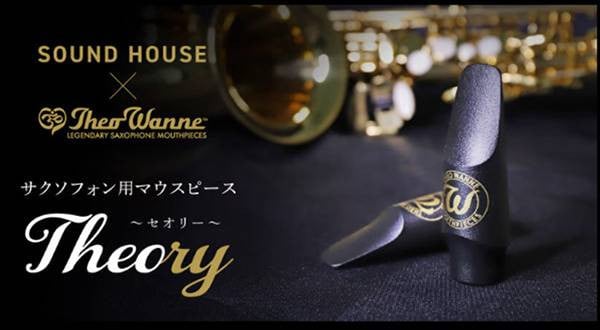
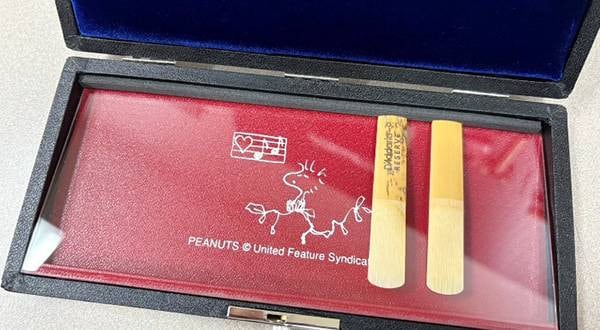
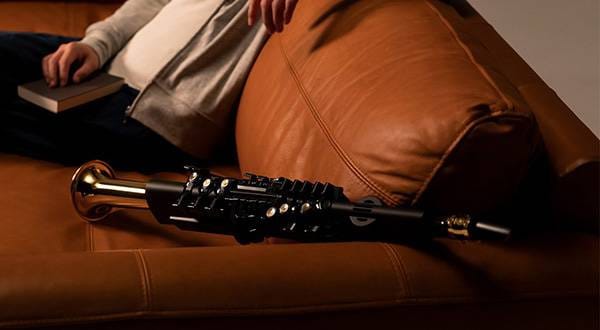
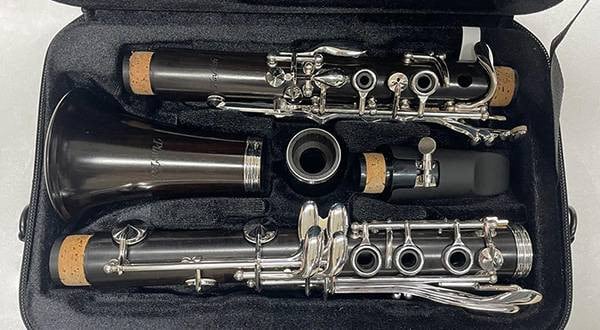
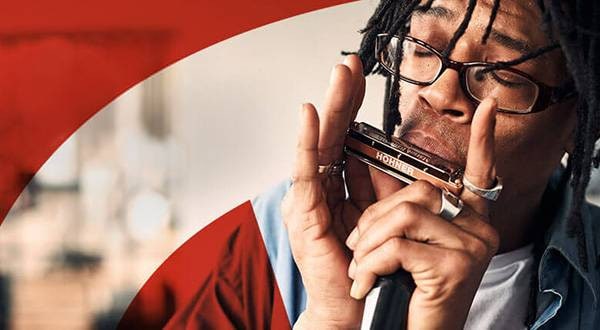
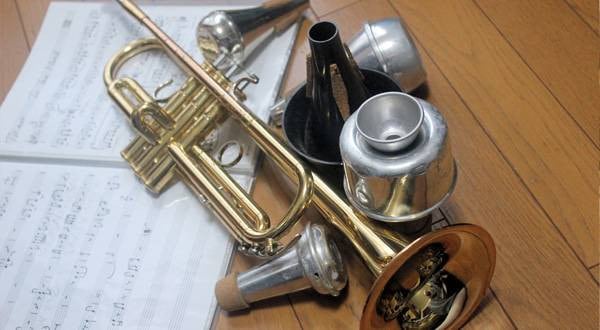
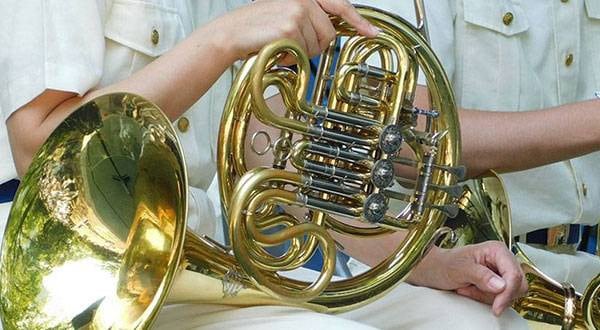

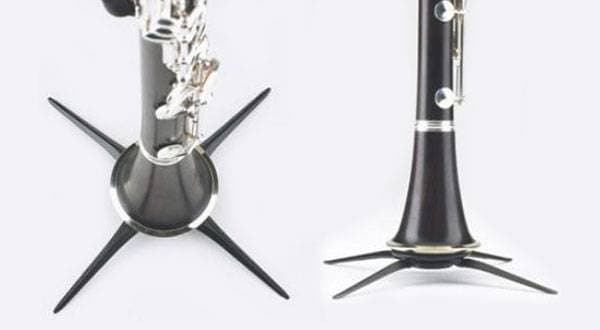
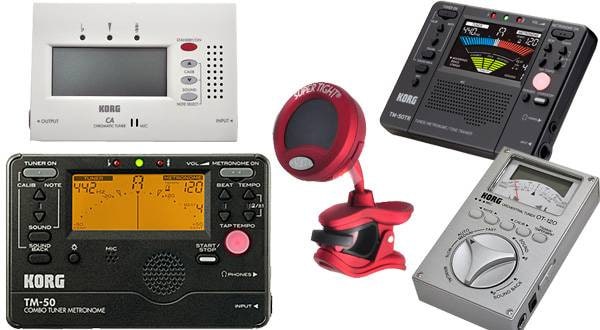
 プラスチック管楽器特集
プラスチック管楽器特集
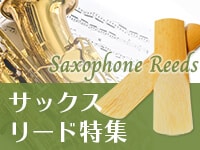 サックスリード特集
サックスリード特集
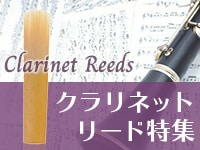 クラリネットリード特集
クラリネットリード特集
 デジタル管楽器とは
デジタル管楽器とは
 PLAYTECH 管楽器特集
PLAYTECH 管楽器特集
 サウンドハウス虎の巻 管楽器入門ガイド
サウンドハウス虎の巻 管楽器入門ガイド
